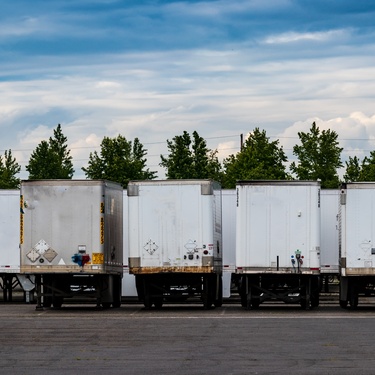
If you own a car with a manual transmission, you may have noticed that your clutch pedal feels a bit spongy at times. This often worrisome sensation can be a warning that your clutch needs attention. Below, we'll discuss the meaning of a spongy clutch pedal and explore several reasons why your pedal may feel this way.
What Does a "Spongy" Clutch Pedal Mean?
A spongy clutch pedal is a term used to describe a pedal that feels soft or less firm when pressed compared to how it normally feels. This change in sensation can be an early sign that the clutch needs some attention or, in more severe cases, needs to be replaced. It's important to address this issue early, as it's a clear sign a car's clutch needs to be replaced or repaired.
Why Your Clutch Pedal Feels Spongy
Failing Clutch Master Cylinder
A spongy pedal is one of the most common signs of a failing clutch master cylinder. The master cylinder converts the mechanical force of pressing the clutch pedal into hydraulic pressure to move the clutch. It is filled with brake fluid, which transfers the force from the pedal to the clutch itself when compressed. If this cylinder fails, it can cause air to enter the system, which disrupts the hydraulic pressure, making the pedal feel soft or spongy when pressed. Furthermore, a severe leak could result in the pedal sinking to the floor completely, leading to a clutch that disengages unpredictably or fails to disengage.
Low Hydraulic Fluid
Another common cause of a spongy clutch pedal is low hydraulic fluid. The hydraulic system, which includes the clutch master cylinder, depends on a specific fluid level for optimal operation. When the hydraulic fluid level drops, it can increase air compression within the system, leading to a soft or spongy feeling when the clutch pedal is pressed. This fluid loss could be due to a hydraulic system leak or worn seals within the system. If you notice a spongy clutch pedal and suspect low hydraulic fluid, it's important to inspect the fluid level and look for possible leaks immediately. If you identify a leak, you should promptly have it repaired to prevent further issues.
Broken Slave Cylinder
A broken slave cylinder could be another reason why your clutch pedal feels spongy. The slave cylinder is a critical component of the hydraulic clutch system, working with the master cylinder to engage and disengage the clutch when the pedal is pressed and released. When the clutch pedal is pressed, the master cylinder compresses the hydraulic fluid, exerting force on the piston in the slave cylinder, causing it to move and engage the clutch. If the slave cylinder is damaged or broken, it can't hold the hydraulic pressure properly, which results in a loss of force to the clutch.
A spongy clutch pedal can indicate that your clutch system needs attention. If your clutch pedal feels soft, don't ignore the issue—address it promptly to prevent more serious (and expensive) problems.




















